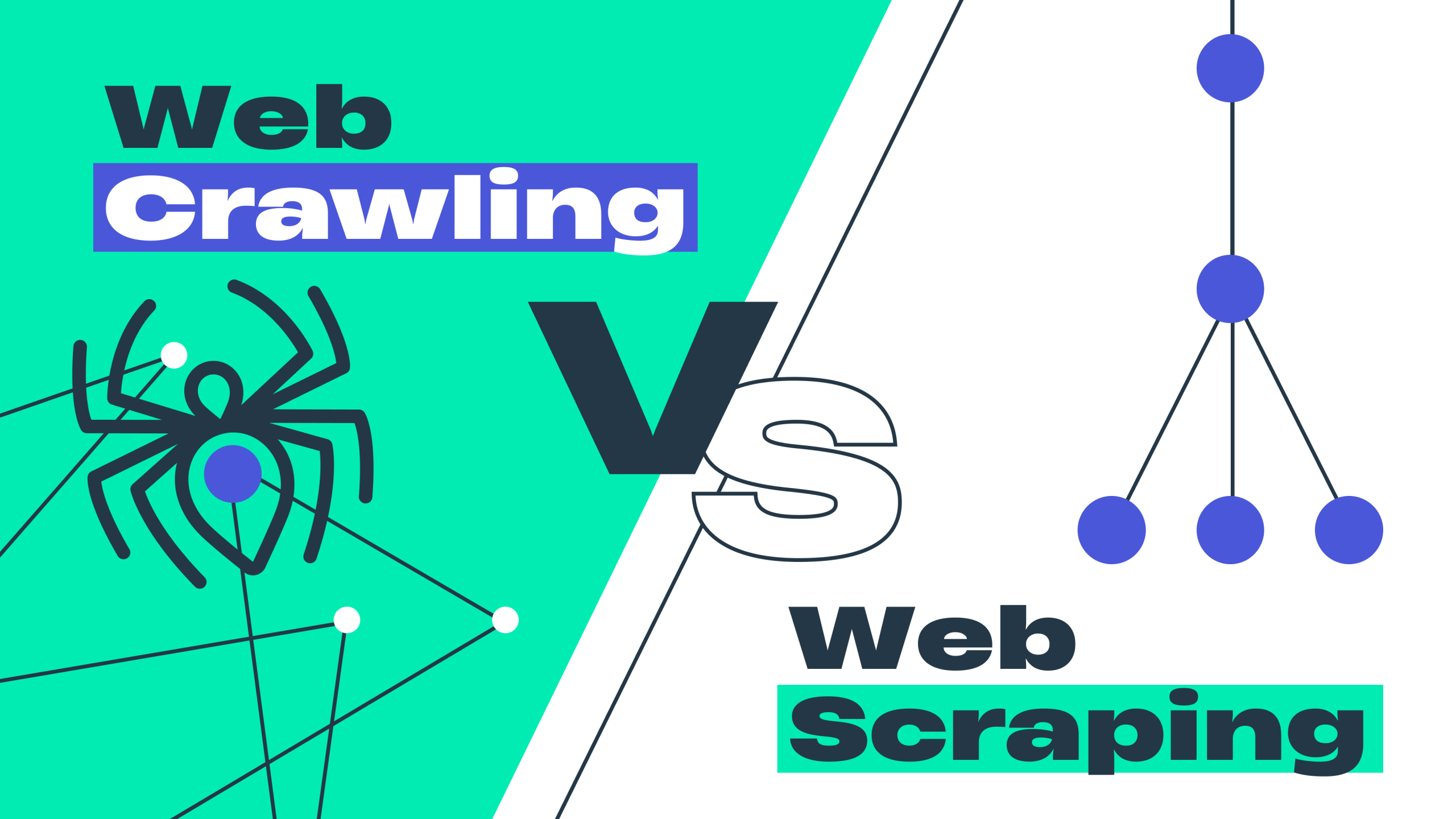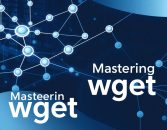
The Digital Information Landscape: Understanding Modern Data Extraction
In the intricate world of digital information retrieval, web crawling and web scraping represent two powerful yet distinct methodologies that have revolutionized how we collect, process, and understand online data. These technologies have become fundamental tools for businesses, researchers, and technologists seeking to navigate the vast ocean of digital information.
Historical Context: The Evolution of Web Data Extraction
The journey of web crawling and scraping begins in the early days of the internet, when manual information gathering was the primary method of research. As the World Wide Web expanded exponentially, traditional research methods became increasingly inefficient. The late 1990s marked a pivotal moment when search engines like Google started developing sophisticated web crawlers to index the rapidly growing digital landscape.
Web crawling emerged as the first sophisticated approach to systematic internet exploration. Initially developed by search engines to create comprehensive indexes, these automated bots would systematically browse websites, following hyperlinks and documenting their findings. The primary goal was simple yet revolutionary: create a comprehensive map of the internet‘s interconnected resources.
Web scraping, in contrast, developed as a more targeted approach. While crawlers sought broad coverage, scrapers focused on extracting specific, actionable data points. This nuanced difference would become increasingly important as businesses and researchers demanded more precise information extraction techniques.
Technical Architecture: Under the Hood of Web Crawling and Scraping
Web Crawling: The Digital Cartographer‘s Approach
Web crawling represents a methodical, comprehensive approach to internet exploration. Imagine a digital cartographer meticulously mapping every street and alleyway of a complex urban landscape. Web crawlers operate similarly, systematically traversing websites, following hyperlinks, and creating detailed indexes of digital content.
The technical architecture of a web crawler involves several sophisticated components:
- URL Frontier Management: A dynamic queue system that manages and prioritizes URLs to be explored.
- HTML Parsing Mechanism: Advanced algorithms that interpret and extract structural information from web pages.
- Content Indexing Infrastructure: Robust storage and retrieval systems that organize extracted information.
Modern web crawlers employ complex algorithms that go beyond simple link following. They incorporate machine learning techniques to understand context, prioritize relevant content, and adapt to changing website structures.
Web Scraping: Precision Data Extraction
Web scraping represents a more surgical approach to digital information retrieval. Where crawling maps the entire landscape, scraping performs targeted extractions, like a skilled surgeon precisely removing specific tissue samples.
Advanced web scraping techniques include:
- DOM-based parsing
- Regular expression matching
- Machine learning pattern recognition
- Dynamic content extraction
The technological stack supporting web scraping has become increasingly sophisticated. Python libraries like BeautifulSoup and Scrapy, JavaScript frameworks such as Puppeteer, and advanced proxy management systems have transformed web scraping from a rudimentary technique to a complex, nuanced discipline.
Comparative Market Analysis: Crawling vs Scraping in the Digital Economy
Industry Adoption and Market Trends
The global web scraping market has experienced exponential growth, with projections indicating a market value exceeding \$15 billion by 2025. This surge reflects the increasing importance of data-driven decision-making across industries.
Different sectors leverage these technologies uniquely:
- E-commerce relies on price monitoring and competitive intelligence
- Financial institutions use web data for market trend analysis
- Healthcare researchers extract critical research information
- Technology companies track competitive landscapes
Technological Challenges and Mitigation Strategies
Web crawling and scraping are not without significant challenges. Websites have developed sophisticated anti-scraping mechanisms, including:
- IP blocking techniques
- CAPTCHA implementations
- Dynamic content rendering
- Behavioral analysis algorithms
Successful practitioners must develop advanced evasion strategies, including:
- Rotating proxy networks
- User-agent randomization
- Intelligent request throttling
- Machine learning-powered adaptation mechanisms
Ethical and Legal Considerations
The rapid evolution of web crawling and scraping technologies has outpaced traditional legal frameworks. Ethical considerations remain paramount, requiring practitioners to navigate complex regulatory landscapes.
Key ethical principles include:
- Respecting website terms of service
- Obtaining appropriate permissions
- Protecting individual privacy
- Maintaining data integrity
- Avoiding malicious intent
Future Technological Trajectory
Emerging trends suggest a fascinating future for web crawling and scraping:
- Artificial intelligence integration
- Blockchain-verified data extraction
- Decentralized information networks
- Enhanced machine learning algorithms
Conclusion: Navigating the Digital Information Ecosystem
Web crawling and web scraping represent more than technical processes—they are sophisticated methodologies for understanding our increasingly digital world. As technology continues evolving, these techniques will become more nuanced, intelligent, and integral to global information strategies.
Practical Recommendations
- Invest in robust technological infrastructure
- Develop comprehensive ethical guidelines
- Stay adaptable to technological changes
- Continuously upgrade technical skills
- Prioritize responsible data usage
By understanding the intricate dance between web crawling and web scraping, you‘ll be better equipped to harness the immense potential of digital information retrieval.






